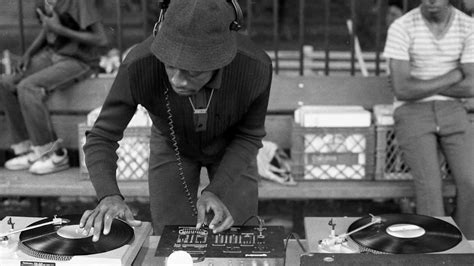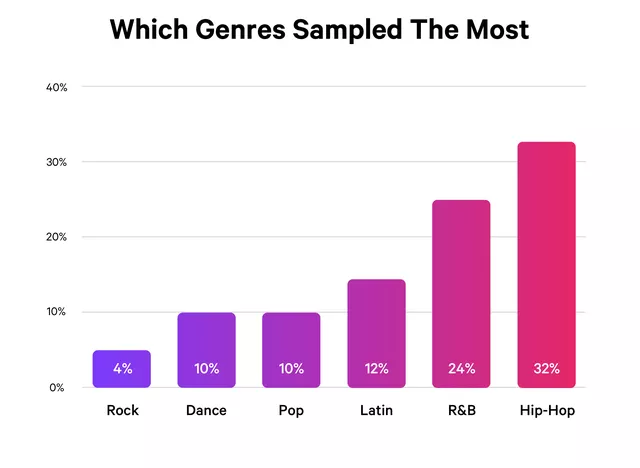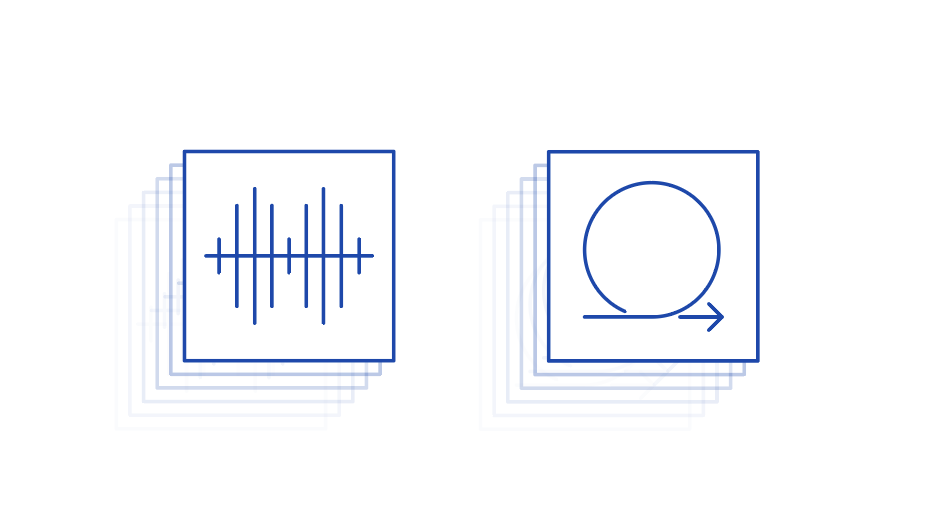Sampling culture: How has it evolved and how much of modern music uses samples?
Sampling has developed as an art-form in itself and laces genres and artists through evolving patchworks of music; but when the paintbrush is sodden in legal and ethical questions how does it prevail and where does it stand?
The art of music sampling is a storied and mostly modern tale. It’s evolution is found in the essence of all autered creation: to take inspiration from the creators and artists who came before and wield that power to paint your own picture with the methodology and vision you’ve soaked up from your experiences of all the art and creation you’ve witnessed throughout your life.
But beyond ingesting an author’s prose or finding a resolute influence in the music you hear; sampling is the method of literally taking that work and making it your own. It’s the re-working of something you see potential in and bringing it into a new light, one found from your own vision.
Sampling found a calling through hip-hop as disc jockeys took disco hits and funky rhythms and bent them to their will. They took music that they loved and moved them into the backseat, no longer the piece itself being the foreground they laid the blueprint for MCs to rap over. A new form of appreciation blossomed in how people were able to make songs their own, as a newly realised whole.

The decades progressed and so did the flowering process of sampling. To the work of producers reworking records into brand new mixes, to vocal chops being spliced into dance anthems, to the entire deconstruction of elements that could be plucked and placed anew within an entirely different context.
Now, here we are today with years of the process and the expanding possibilities with each generation behind us and the art in full flourish. There are entire websites dedicated to the creation and distribution of samples that were made to be used in tracks as their own ingredient. Sampling has come a long way and the process can be found in music spanning all genres, from the biggest acts to the fledgling bedroom producer.
Taking directly from other source material of course means that sampling can be a legal grey area. It can be as simple as asking the original copyright holder for the legal rights to use their content but a lot of the time it’s not as simple as that.
For a start, making contact with the original copyright owner isn’t a feasible task for a lot of creators and it only gets more difficult the more high profile the source material. Then there’s a deeper ethical argument to be had when the sample has been reworked to the point where it is entirely abstracted from the original – is it then still under the ownership of the sampled creator/copyright holder?
Legally, yes. But of course, its an argument that finds loyal supporters on both sides of the issue. The barriers to legally obtaining the rights to use samples are being softened though. There are now dedicated websites to licensing the use of songs and samples withing tracks that open up the access to that kind of request to people around the world.
But there’s not always the guarantee the sampler will simply be granted permission for having gone down the official route, nor is it ubiquitous for all music or all types of sampling. It’s best to affirm this position before sweating blood and tears over a track – if you plan to release it commercially.
What is the state of sampling in music today?
Sampling is thriving in the modern market and is more common than ever before, though you may not always recognise it. Whether it be hip-hop artists continuing to re-invent the process that their forefathers birthed with sliced beats to rap on top of – to some of the biggest pop artists in the world making use of the endless catalogue of music that has come before.
A recent study by Tracklib (a great source of songs that can be bought and legally sampled) found that 15% of all of the songs on Billboard contained samples last year. In fact, over the last decade up to a quarter of the songs listed by Billboard have contained samples each year. The biggest track of 2019 used a sample!
Lil’ Nas X’s hit song ‘Old Town Road’ used a sample of ‘Ghosts IV’ by Nine Inch Nails and is a perfect example of how music can be recreated from it’s source material to become an entirely new whole. I’m sure that Nine Inch Nails are upset by their cut of the track’s massive success either. In fact, NIN’s Trent Reznor won a Country Music Award for his listing as a writer on the Country/Rap track.
There are no confines in the 20th century to this production tool. Pop artists like Taylor Swift and Ariana Grande use samples. It’s a technique that is now used across all strands of the wide open musical tapestries of the 21st century. It is constantly being re-invented and applied in new ways. Check out how much sampling was used across all broad genres last year:

Sampling is more prominent this decade than it ever has been, second only to the 70s – although people have been sampling since the 50s. It’s used to such effect now that most of the time you won’t even know when a song has been sampled and it has almost become a craft of its own to find obscure sample sources.
It’s also interesting to note how the use for sampling has evolved. When hip-hop made it so popular its primary use was for snatching drum breaks to provide rhythm as a backdrop. Now with advanced music production tools for creating drums sampling has become entirely more creative taking vocal chops or melodies and reworking them. Just look at how Kanye re-invented the vocal sample in the early 2000s.
Sampling can cause issues but for the most part it has become an instrument of it’s own in much the same way that DAWs have. In fact, Tracklib also found that over half of the Top 100 albums contained samples last year.
If you’re sampling you just have to make sure that you’re following the unwritten code of ethics relating to it – and more importantly the very-much-written copyright laws relating to it. It’s an art form, an appreciation, an instrument, a paintbrush, and it has made for some of the greatest music of recent years.
If you’re at all confused about how copyright laws affect your music or the music of others that you might want to use then you can read our essential guide for artists here: https://routenote.com/blog/protect-your-music-a-guide-for-artists-on-copyright/
